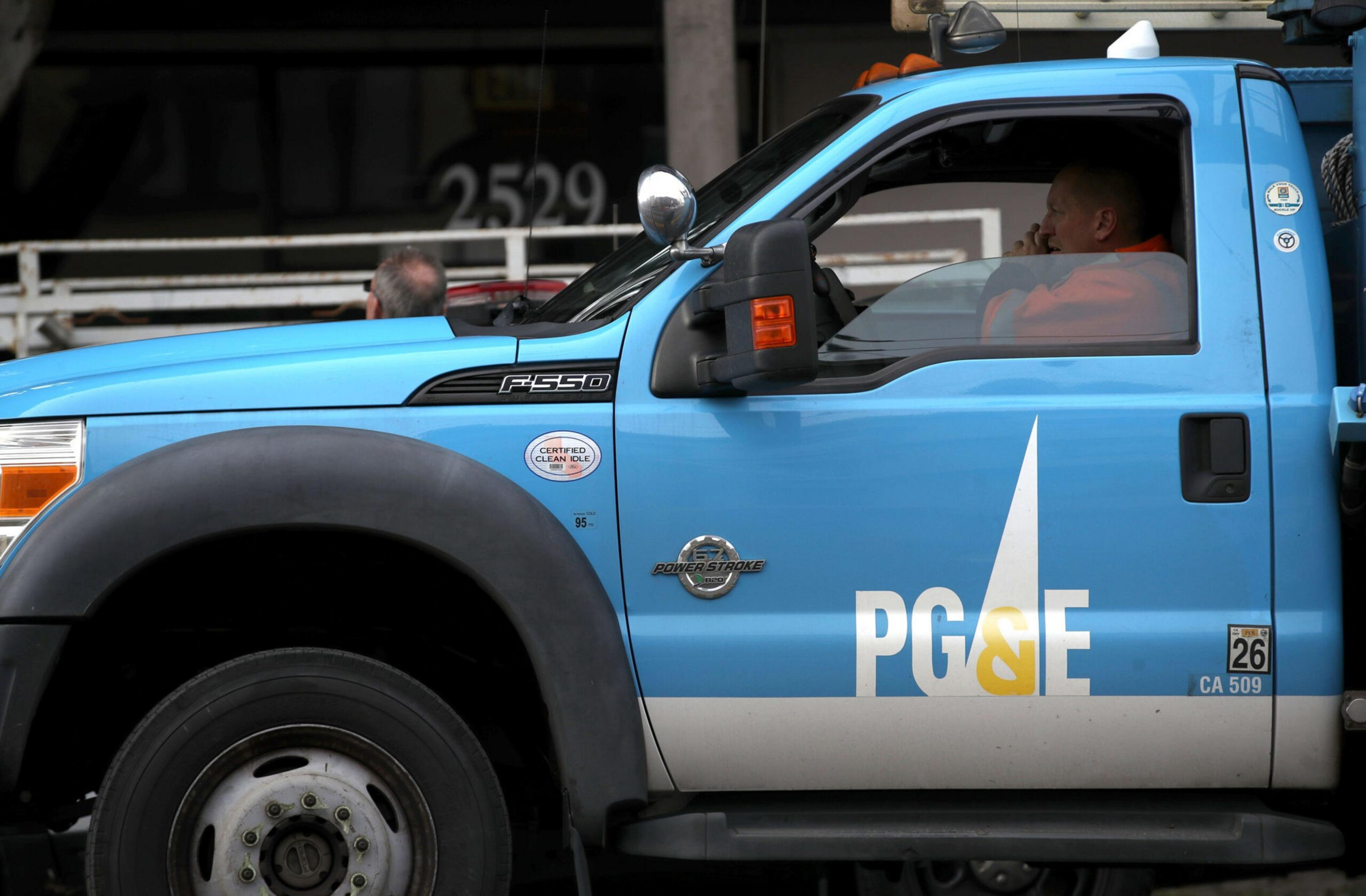Amid sharply rising rates that have infuriated local PG&E customers, officials at the California Public Utilities Commission are proposing to create a monthly fixed fee (opens in new tab) of $24.15 for a large swath of the state’s residents.
Regulators argue the new fees tweak how utility bills are calculated in a way that would lower overall monthly costs for a majority of low-income households. However, higher-income customers who reside in cooler coastal regions like San Francisco are likely to pay more as an offset.
Like most things in the complicated world of utility pricing, the devil is in the details, so here’s a quick guide to the proposal and what it’s likely to mean for you.
What’s the backstory behind this new fee?
It’s related to a state law passed in 2022 known as AB 205 that required the utilities commission to partially shift the way electricity and gas rates are set from a system based on energy use to one that corresponds to customer income. The idea was that lower-income households were disproportionately affected by the burden of high rates.
Supporters of the fixed fees, like the California Public Advocates Office, a governmental body that advocates on behalf of utility ratepayers, say changing the system (opens in new tab) would make it less regressive and potentially incentivize the adoption of energy-efficient technology like electric vehicles and heat pumps by making energy cheaper.
Who would be subject to the fees, and how much would they run?
The roughly 11 million customers of the state’s three major investor-owned utility companies—Southern California Edison, San Diego Gas and PG&E—would be subject to the monthly charges. There are three tiers for monthly fees based on income. Customers who make under 200% of federal Poverty Guidelines would be charged $6 per month. Those who earn between 200%-250% of federal Poverty Guidelines or live in affordable housing limited to 80% of the area median income, would be charged $12 a month. Everyone else would get the $24.15 monthly fee.
How did regulators decide on the fixed charge amount?
The $24.15 fee was benchmarked to the fixed infrastructure charge currently used by the Sacramento Municipal Utility District. The number is significantly lower than what the utility companies themselves proposed. PG&E and Southern California Edison, for example, pitched a $51 monthly fixed charge.
How are PG&E utility bills currently calculated, and what would change under this proposal?
Currently, a customer’s PG&E bills are tied completely to energy usage without any fixed fees for infrastructure. This means that the overhead costs for things like poles, transmission lines and wildfire maintenance are baked into overall rates. The proposed system would separate this cost out in the form of a fixed monthly fee.
With the introduction of the fixed fee, the per kilowatt-hour cost of electricity would decrease by 10%-13% for a typical PG&E customer. Proponents of the changes say splitting the utility in this manner would mean cost savings that would outweigh the fixed monthly fee for many consumers, particularly those in lower-income households.
One important note about the changes is that they are revenue-neutral for utility companies, meaning that while some customers will have bill savings, others will see modest monthly increases.
Who would pay more under the new system?
Ratepayers who might end up paying more overall under the new system are higher-income households who are frugal with their energy usage or live in cooler climates where less electricity use is necessary for air conditioning.
Homes with solar panels would also likely pay more because the new system limits the benefits these ratepayers get from net metering, which credits solar energy owners for the electricity they add to the grid.
Is there any organized opposition to the proposed fee?
A group of 18 members of Congress sent a letter to the California Public Utilities Commission (opens in new tab) saying that new fixed charges could end up raising energy costs for Californians, in particular those who live in small homes, condos and apartments. In January, state lawmakers introduced AB 1999, which would preempt the new charges by capping fixed utility charges to $10 a month.
What’s next?
The proposal could be approved by the utilities commission as soon as May 9 and would go into effect in 2025 or 2026.
